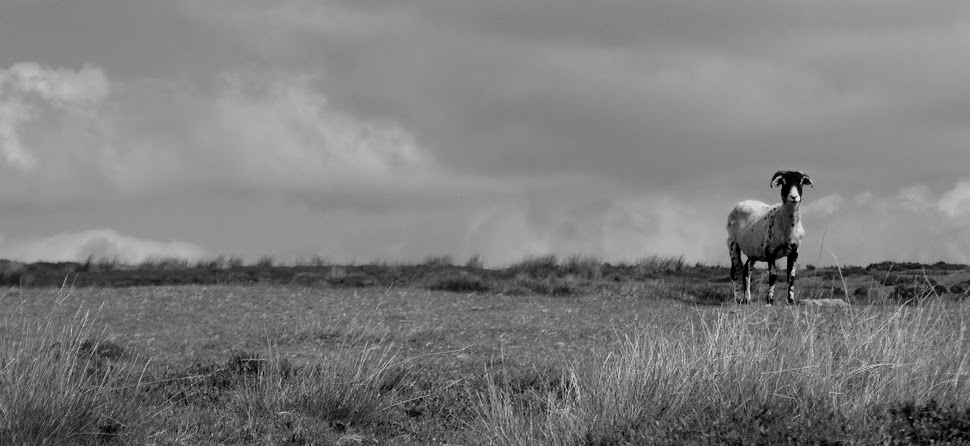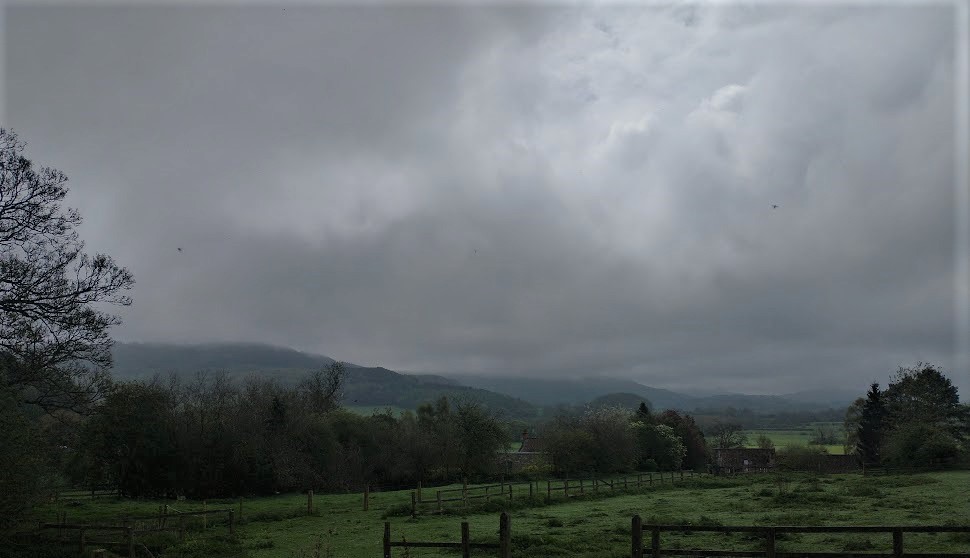This week, Donna’s Lens Artist Challenge invites us to celebrate rocks, their geology, and what they have meant to humankind. Bloggers have responded with hosts of natural wonders: extravagant, bizarre, subtly beautiful and all extraordinary. I had planned to respond in kind, by showcasing – as I have in my feature photo – our nearby geological extravaganza which is Brimham Rocks. But I already have several times – here – here and here – to name but a few.
Instead, I’ve chosen to show rocks in the service of mankind. Brimham Rocks even fit in here. These days they’re our very best local playground.

But rocks have been pressed into service since prehistoric times. Here is Cairn Holy in Dumfries and Galloway. It’s a Neolithic burial site – perhaps that of Galdus, a Scottish king. But perhaps not: he’s thought to be mythical.

Farmers have divided their land up into fields for almost as long. Drystone walls march across the rural landscape here, particularly in the north of England.



And where would our churches, our cathedrals be without a ready supply of local rock and stone?


Scuplture too. I’ve chosen a few pieces that have weathered over the centuries, to reveal the underlying rock that the original sculptor had chiselled to the form that he, not nature had decided on.



Nature too can be a sculptor. This rock, hauled from the sea on the Spanish coast, has been transformed by – what? Underwater snail trails?

Nature doesn’t need any help from man when it comes to artistic expression. I’ll conclude with an image of rock at its most painterly, in the Gorges du Tarn in France.



























































































You must be logged in to post a comment.